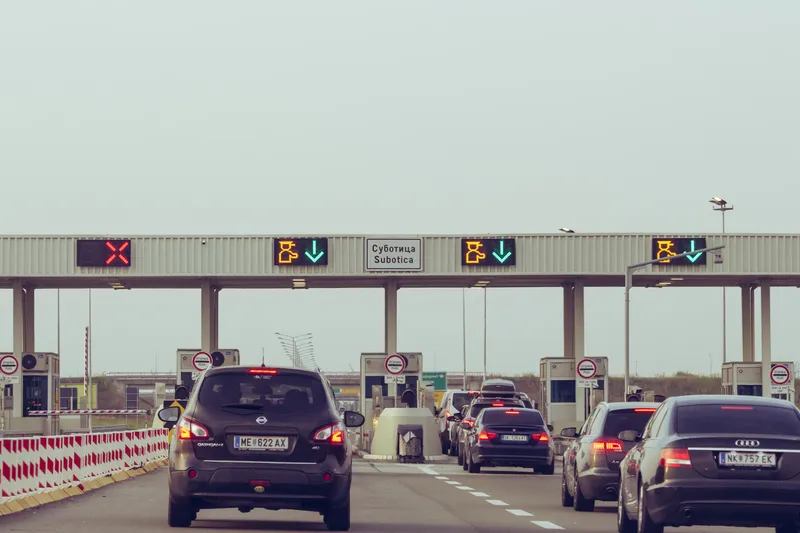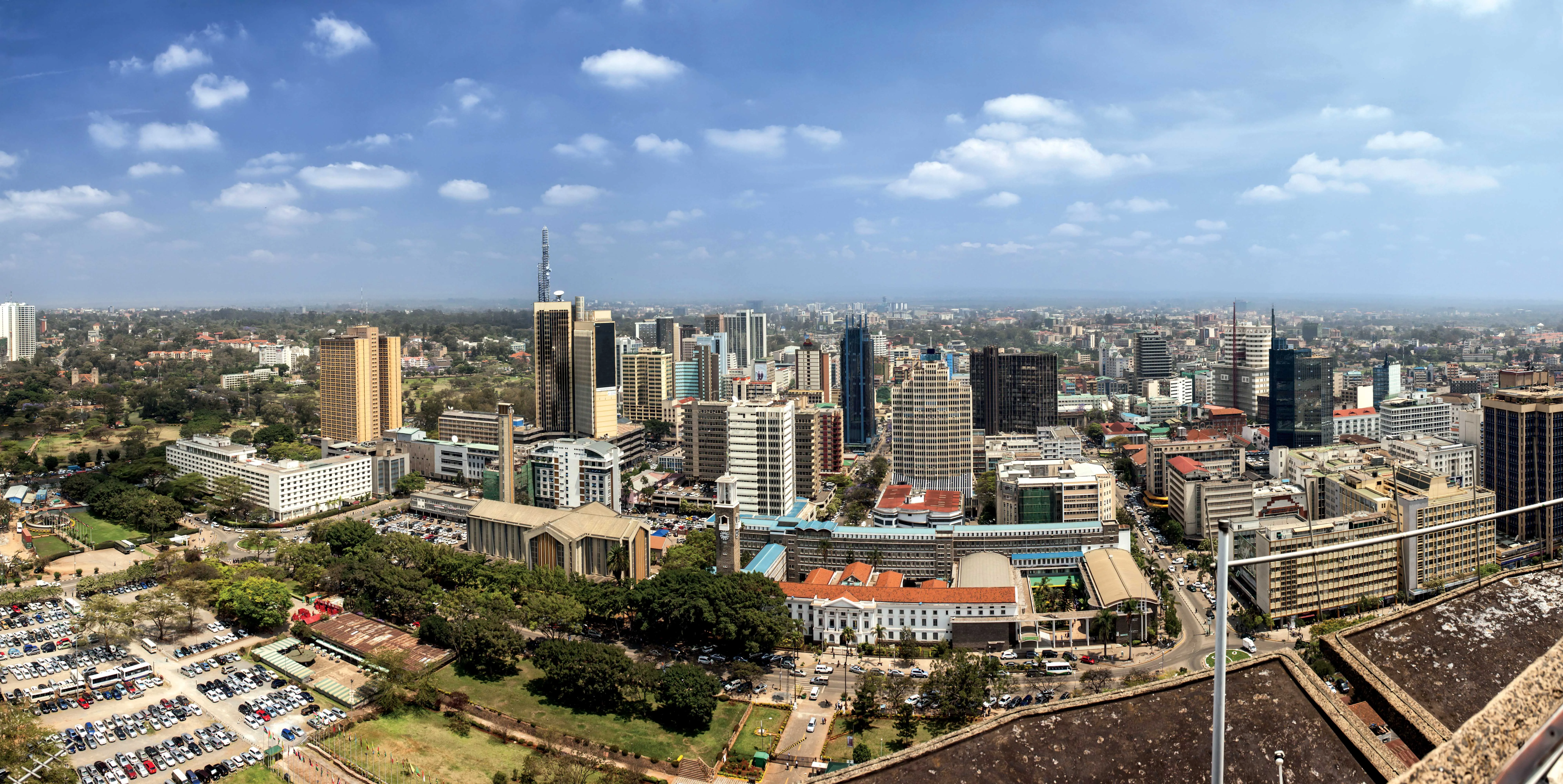Serbia is developing a major transport infrastructure development programme.
By MJ Woof
March 10, 2020
Read time: 1 min

Serbia plans to spend €5 billion on developing the country's road transport and infrastructure network. This will be invested in the road network by 2025, forming the country’s Serbia 2025 plan.
The country’s Ministry of Construction, Transport and Infrastructure says that preparations are already underway for work to build 400km of new highway links. Construction is now being carried out for the Moravski Koridor, and Preljina-Pozega highway routes.








